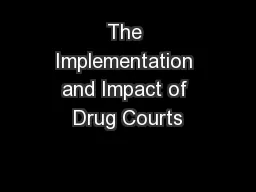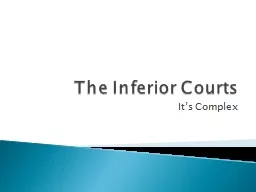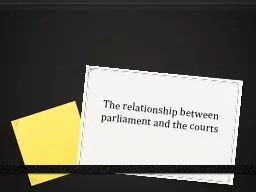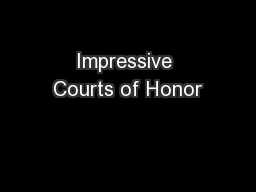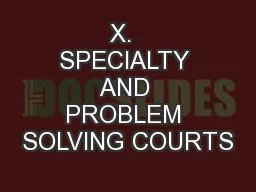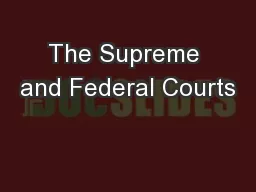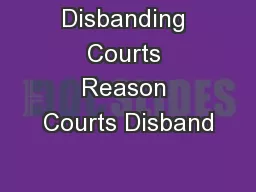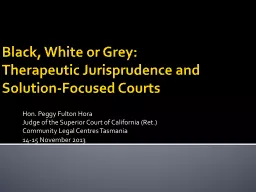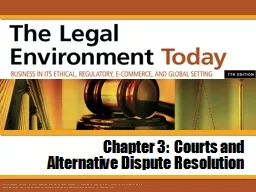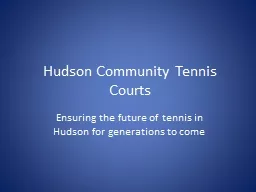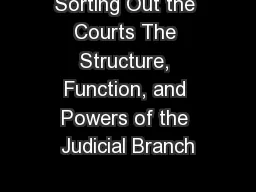PPT-The Implementation and Impact of Drug Courts
Author : briana-ranney | Published Date : 2016-03-26
Drug Courts and the New Technology of Offender Change James M Byrne Professor March 262015 The Drug Court Movement Number of Drug Courts As of June 2014 the
Presentation Embed Code
Download Presentation
Download Presentation The PPT/PDF document "The Implementation and Impact of Drug Co..." is the property of its rightful owner. Permission is granted to download and print the materials on this website for personal, non-commercial use only, and to display it on your personal computer provided you do not modify the materials and that you retain all copyright notices contained in the materials. By downloading content from our website, you accept the terms of this agreement.
The Implementation and Impact of Drug Courts: Transcript
Download Rules Of Document
"The Implementation and Impact of Drug Courts"The content belongs to its owner. You may download and print it for personal use, without modification, and keep all copyright notices. By downloading, you agree to these terms.
Related Documents

